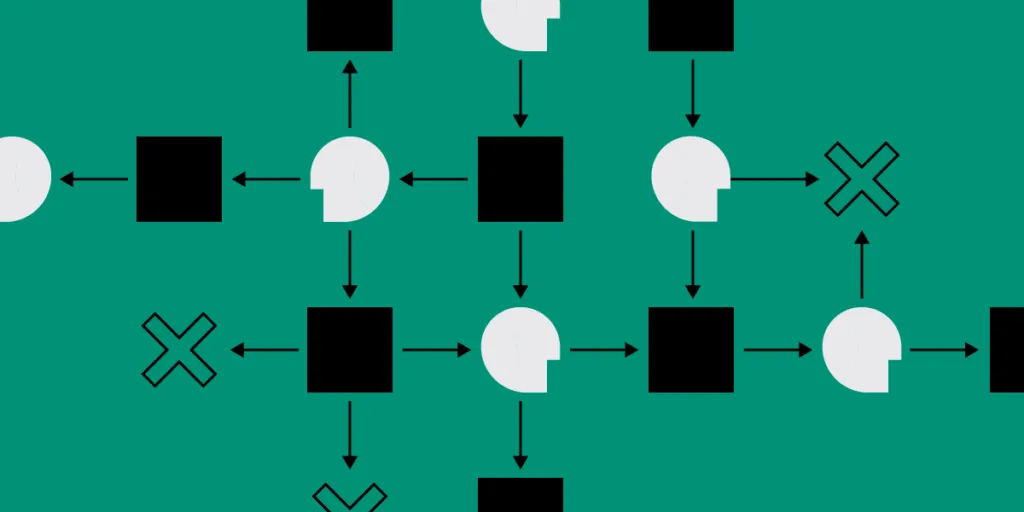Everything About Usability Testing Through Al-Powered Software

Are you a professional designer or developer? Are you an online business enthusiast? How much do you know about Artificial Intelligence? Why is AI now more feasible and critical than ever? How is AI best applied, and how can AI help us test smarter? How is AI changing user research? How do you leverage Al in software testing?
Computers and machines can now function more intelligently. The world is evolving, and so is technology. Software testing is moving with a speed of light from traditional manual testing to automated testing. There is now a growing need to develop software at a faster velocity and test at a smarter rate.
What is Artificial Intelligence?
In computer science, Al is regarded as machine intelligence. It is the study of ‘’intelligent agents’’ – any device that perceives its environment and takes actions that maximize its chance of successfully achieving its goals. Al often makes use of algorithms. It involves making decisions backed up by data to ensure quality software standards.

The overwhelming ability of the Al to process data makes it a powerful asset for any form of usability testing as it also eliminates biased approaches in A/B testing. Do you know that an Al system can analyze thousands of different design variations while generating alternatives? In short, Al requires just data, computing power, and algorithms. Little wonder it is said these days that data is the new gold.
AI is often used to describe machines that mimic ‘’cognitive’’ functions that humans associate with the human mind, such as ‘’learning’’ and ‘’problem-solving.’’ AI has become an essential part of the technology industry. The end objective of leveraging AI is to reduce the lifecycle of testing software mainly. This is more flexible, more maintainable, and more reliable. Calling it a technological revolution is not an understatement!
The Importance of AI
Before we get swayed by the wind of this wavering system, let’s briefly assess how Al can help us achieve quality targets. More than ever, customer satisfaction is key, and any company that must thrive must create a customer-oriented product in other to reach a product-market fit. Now is the age of a centralized customer system. This indicates that tech companies must focus more on studying user’s needs to deliver top-notch products.
The application of AI can be found in various industries, and a good example is with the voice-activated assistant in smart devices, Siri and Alexa. The use of AI is not restricted to tech companies only, even in the copywriting industry, one can still see the application of AI like with Google Translate and The Word Point, where you can achieve error-free website translations with just one click. The importance of AI cannot be overemphasized, as it’s gradually becoming a part of our daily lives.
Usability Testing
Usability testing is a technique used in user-centered interaction to evaluate a product by testing it on users. It gives direct input on how real users use the system. Usability testing is necessary for the success of a viable end product. A functioning software that creates confusion among its users will not last.
Usability testing measures the usability or ease of use of a device. It focuses on measuring a human-made product’s capacity to meet its intended purpose. Usability testing is a way to see how easy it is to use something by testing it with real users. Users are asked to complete tasks while they are being observed by a researcher to see where potential problems may be encountered.

This will, in turn, assist the developer in making recommendations to overcome these hitches. Usability takes place with actual customers of the product. It helps the developer to get feedback directly from the target audience. It also helps to resolve internal debates that may arise on different perspectives of the user’s experience. It also reduces the risk of the product failing.
The aggressive transformation in cyberspace is fast, compelling many companies to innovate at a very aggressive speed. According to experts, Al will grow into a $118.6 billion industry by 2025. For what the future seems to unfold, Artificial Intelligence is a technology without alternative. Today, more than ever before, designers and developers can largely leverage the applications of Al I web development to achieve a higher response value from their target user.
Al applications should make an online experience more valuable and personalized. Al provides personalized user experience and accurately target customers. With a growing number of designers and developers shifting towards Al-based design practices, artificial intelligence has now become an indispensable part of modern web development.
According to the Gartner report, 85% of customers’ interactions by 2020 will be handled by Al robots. In a traditional environment, the user interface design process is often overwhelming since it requires a great deal of innovation to keep it novel. It may begin with designers sharing their creativities, jotting them down on a whiteboard, and exploring several possibilities and outcomes. Before any A/B testing can commence, the wireframe is set out and translated into HTML so the development process can start.
The Al Experience
This process demands a sheer amount of effort, and mistakes may be unavoidable. With upscale in technology lately, Al has quickly found its way to the digital cyberspace. Hence, allowing designers to combine their applications into websites and create better functionality and user experience. Al has changed handwritten user interface design to a usable HTML markup code. Do you know that you can now optimize your e-commerce website with some Al-based interactions with your customers daily?
Al has been hitting it for quite some time now. It impacts on various industries cannot be overemphasized. As the year goes by, many industries are being reshaped by this emerging technology. Contrary to the fears of many, Al will not render many jobless. Instead, it will make more jobs available.
Is this going to be the herald of the extinction of human testers? Certainly Not! Although one statistic published by Springboard Blog states that by 2022, AI will have rendered about 75 million people jobless; likewise, it will have created 133 million jobs as well.
Integrating Al in testing merely is going to make the job a bit easier for software testers. It will save manual testers countless useful hours that would be spent testing applications. It will make them more efficient and agile. However, human expertise would still be needed to supervise the testing process.

Final Thoughts
On a final note, while we keep ourselves updated about the changing technology, let us also allay the fears that automation in testing is nowhere close to replacing manual testing. AI has come in very handy in the last couple of years, as technology makes life easier and more productive.


